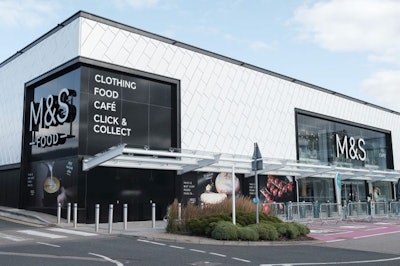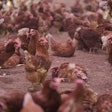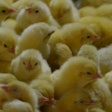
The United Kingdom’s eighth-largest grocery retailer, M&S, has announced that it will be first major U.K. retailer to move to 100% slower-growing, high welfare chicken across its full range of fresh chicken products. But does the public still have an appetite for higher welfare meat products or are today’s shopper looking ever-more for value?
The retailer claims to already have the highest animal welfare standards in the U.K. and has announced that, from the autumn of next year, all its fresh chicken will be slower reared, British and raised to the standards of the welfare assurance scheme RSPCA Assured.
Slower reared chicken is already available at M&S, including whole chickens, portions and chicken breasts but, from next year, this standard will apply across all chicken products.
Back in 2018, the company signed up the Better Chicken (BCC) standards, devised by a group of European welfare associations, including Compassion in World Farming (CIWF).
CIWF notes that the M&S has signed a “landmark” deal with Hubbard to gradually lay down breeding stock for 23.5 million broilers of the higher welfare, slower growing breed needed to supply its stores.
The animal welfare organization goes on to praise the retailer in what it says, “constitutes one of the biggest shifts in chicken welfare in over a decade.”
Currently, fellow upmarket supermarket Waitrose, the U.K.’s ninth largest grocery retailer according to Retail Economics, is the only other UK retailer to have signed the BCC.
Right direction?
While the lives of millions of chicken may be improved by the change, will the change be beneficial for M&S?
The company, despite being a top 10 food retailer, is primarily known as a clothes retailer and, last year, recorded a loss for the first time in its 94-year history. Its food sales may have fared better - reported to be flat - but is offering higher quality food the answer as we start to say goodbye to COVID but perhaps feel its economic efforts more acutely?
In contrast, the U.K.’s second largest food retailer, Sainsbury, unveiled a GBP50 million (US$69 million) investment to cut prices this month. Focusing on price will allow it to better compete with discounters, which are increasingly gaining market share in the UK.
It may well be the case that, being a more upmarket retailer, M&S’s customers will emerge from the pandemic less economically affected than shoppers at the more mainstream retailers, and the change may not only be good for the broilers that M&S stocks, but for its cash registers too.


















